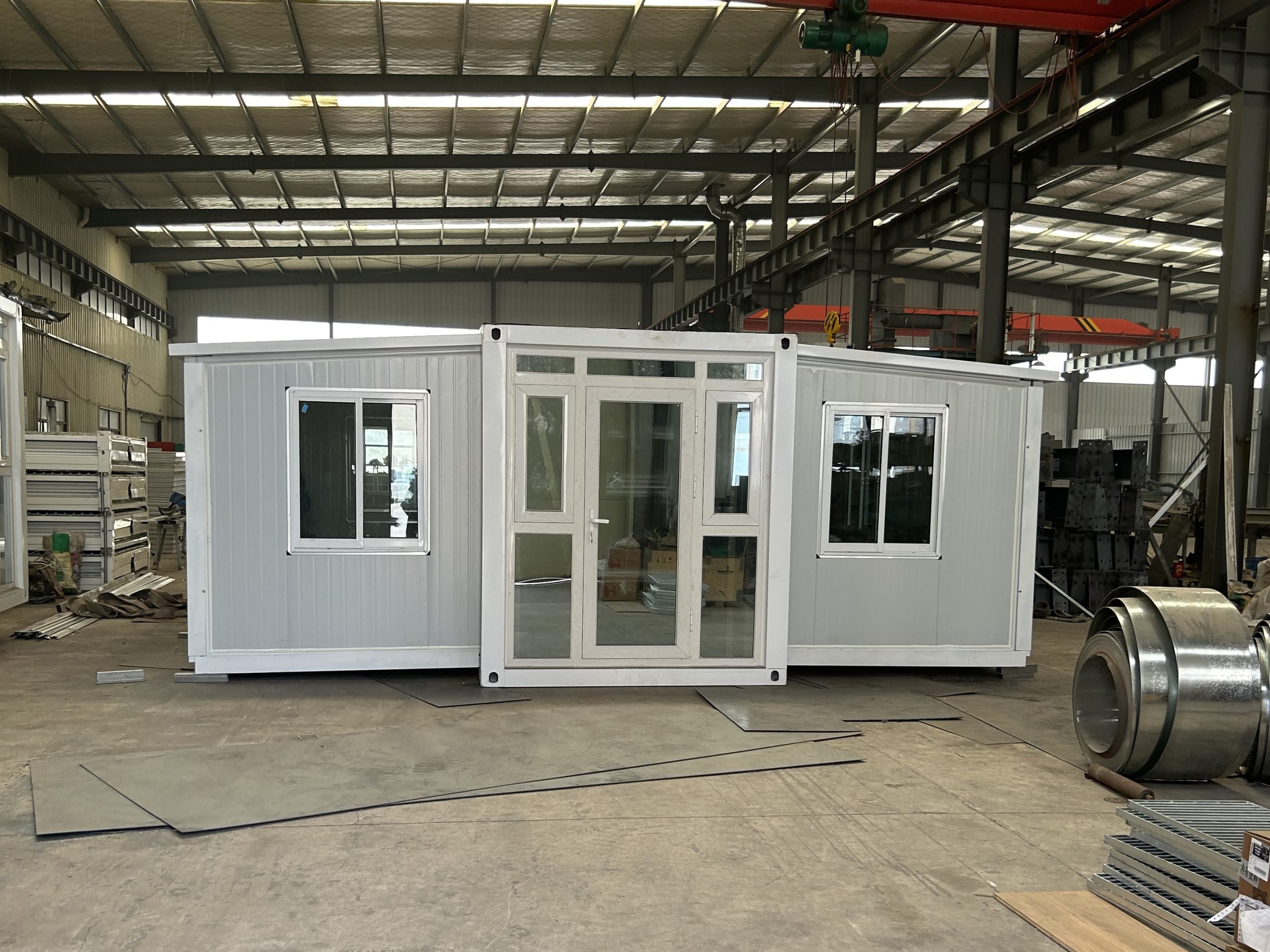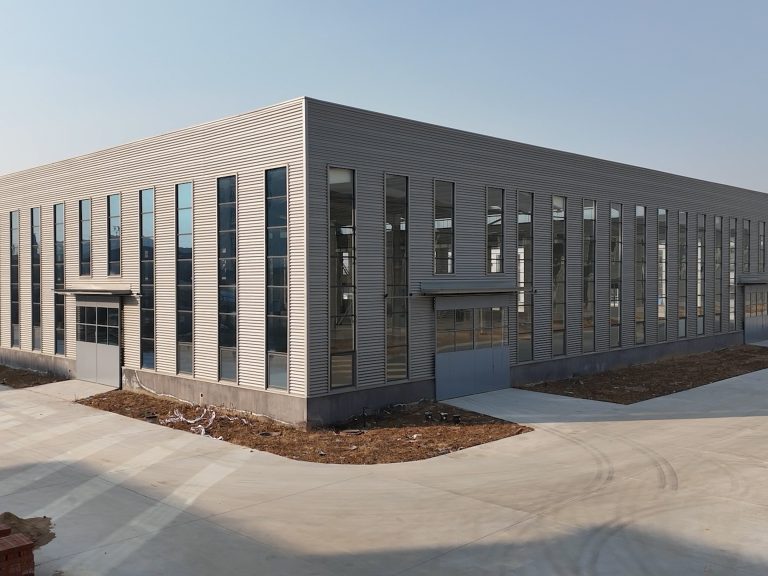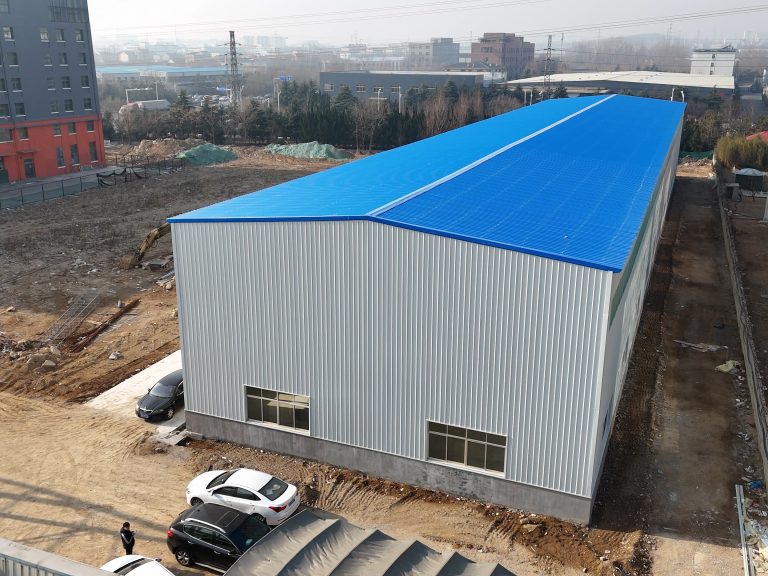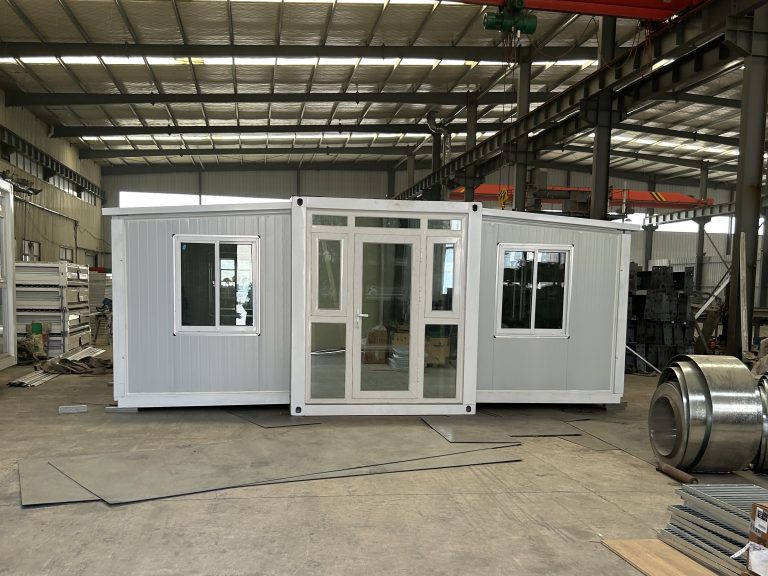Table of Contents
Sustainable Materials Used in Prefab Buildings
Prefab buildings, also known as prefabricated buildings, are becoming increasingly popular due to their cost-effectiveness, speed of construction, and sustainability. One of the key factors that contribute to the sustainability of prefab buildings is the use of energy-efficient materials. These materials not only help reduce energy consumption but also contribute to a healthier indoor environment for occupants.
One of the most commonly used sustainable materials in prefab buildings is structural insulated panels (SIPs). SIPs are made by sandwiching a layer of insulation between two layers of structural material, such as plywood or oriented strand board (OSB). This construction method provides excellent thermal insulation, reducing the need for heating and cooling systems. Additionally, SIPs are lightweight and easy to install, making them a popular choice for prefab construction.
Another sustainable material used in prefab buildings is recycled steel. Steel is a highly durable and versatile material that can be recycled multiple times without losing its strength. By using recycled steel in prefab construction, builders can reduce the environmental impact of the building process and create a more sustainable structure. Additionally, steel is non-combustible, making it a safe choice for prefab buildings.

In addition to structural materials, prefab buildings also incorporate energy-efficient features such as high-performance windows and doors. These features are designed to minimize heat loss and gain, reducing the need for artificial heating and cooling. High-performance windows and doors are typically double or triple glazed, with low-emissivity coatings to reflect heat back into the building. By incorporating these features, prefab buildings can achieve high levels of energy efficiency and reduce their carbon footprint.
Another energy-efficient feature of prefab buildings is the use of passive solar design. Passive solar design utilizes the sun’s energy to heat and cool the building naturally, reducing the need for mechanical heating and cooling systems. This design approach typically involves orienting the building to maximize solar gain, incorporating thermal mass to store heat, and using shading devices to control sunlight. By harnessing the power of the sun, prefab buildings can achieve significant energy savings and create a comfortable indoor environment for occupants.
In addition to energy-efficient materials and design features, prefab buildings also incorporate renewable energy systems to further reduce their environmental impact. Solar panels, wind turbines, and geothermal heat pumps are commonly used in prefab construction to generate clean energy on-site. By integrating these renewable energy systems, prefab buildings can reduce their reliance on fossil fuels and contribute to a more sustainable future.
Overall, the energy-efficient features of prefab buildings make them an attractive option for environmentally conscious builders and homeowners. By using sustainable materials, high-performance windows and doors, passive solar design, and renewable energy systems, prefab buildings can achieve high levels of energy efficiency and reduce their environmental impact. As the demand for sustainable construction practices continues to grow, prefab buildings are poised to play a key role in creating a more sustainable built environment.
Benefits of Energy-Efficient Design in Prefab Buildings
Energy efficiency is a key consideration in the design and construction of buildings today. With the increasing focus on sustainability and reducing carbon footprints, energy-efficient features have become a top priority for many builders and developers. Prefabricated buildings, also known as prefab buildings, are no exception to this trend. In fact, prefab buildings offer a number of unique advantages when it comes to energy efficiency.
One of the main benefits of energy-efficient design in prefab buildings is the reduced environmental impact. By incorporating features such as high-performance insulation, energy-efficient windows, and efficient heating and cooling systems, prefab buildings can significantly reduce their energy consumption and greenhouse gas emissions. This not only helps to protect the environment, but also lowers operating costs for the building owner.
Another advantage of energy-efficient design in prefab buildings is improved comfort and indoor air quality. By using materials and systems that are designed to maximize energy efficiency, prefab buildings can maintain more consistent temperatures and humidity levels, leading to a more comfortable and healthy indoor environment for occupants. This can have a positive impact on productivity and overall well-being.
In addition to environmental and health benefits, energy-efficient design in prefab buildings can also result in cost savings over the long term. By reducing energy consumption, building owners can lower their utility bills and operating expenses. In some cases, energy-efficient features may also qualify for tax incentives or rebates, further reducing the overall cost of ownership.
One of the key features of energy-efficient design in prefab buildings is the use of high-performance insulation. Insulation helps to minimize heat loss in the winter and heat gain in the summer, reducing the need for heating and cooling systems to work harder to maintain comfortable indoor temperatures. This not only saves energy, but also improves the overall thermal performance of the building.
Energy-efficient windows are another important feature of prefab buildings. By using windows with low-emissivity coatings and multiple panes of glass, builders can reduce heat transfer and improve insulation, leading to lower energy consumption and improved comfort for occupants. In addition, energy-efficient windows can also help to reduce glare and UV exposure, further enhancing the indoor environment.
Efficient heating and cooling systems are also essential components of energy-efficient design in prefab buildings. By using high-efficiency HVAC systems, builders can reduce energy consumption and operating costs, while also improving comfort and indoor air quality. In some cases, renewable energy sources such as solar panels or geothermal heat pumps may be incorporated to further reduce reliance on traditional energy sources.
In conclusion, energy-efficient design in prefab buildings offers a wide range of benefits, including reduced environmental impact, improved comfort and indoor air quality, and cost savings over the long term. By incorporating features such as high-performance insulation, energy-efficient windows, and efficient heating and cooling systems, builders can create sustainable and comfortable buildings that meet the needs of both occupants and the environment. Prefab buildings are well-suited to energy-efficient design, making them an attractive option for those looking to reduce their carbon footprint and operating costs.







